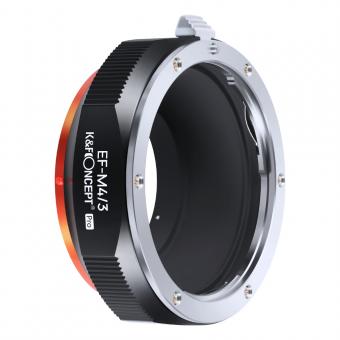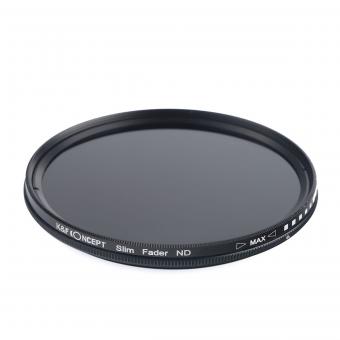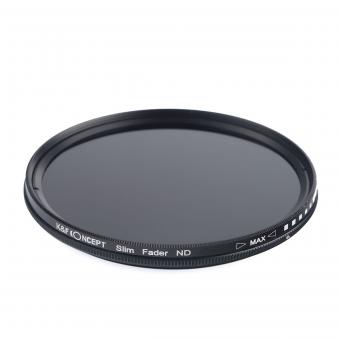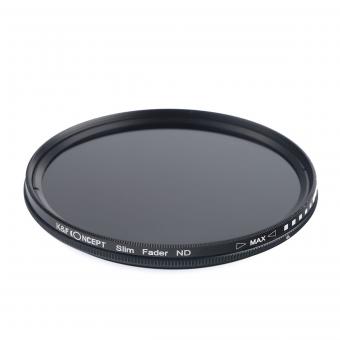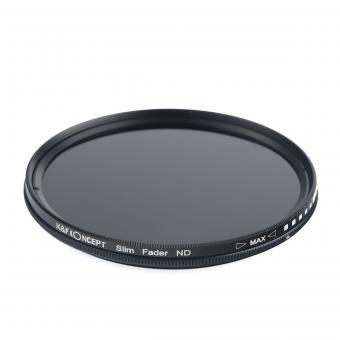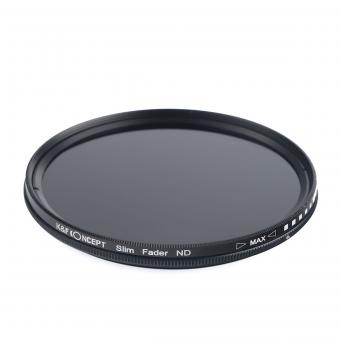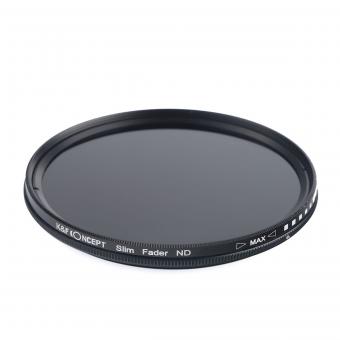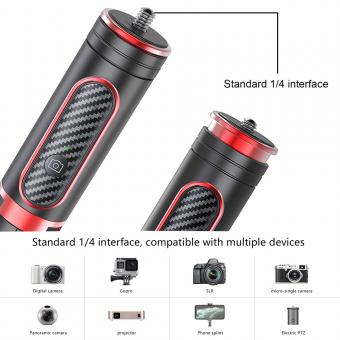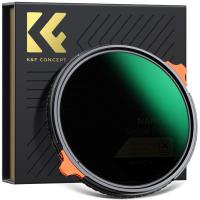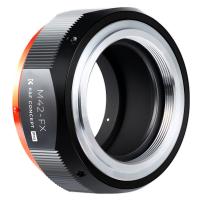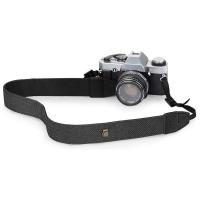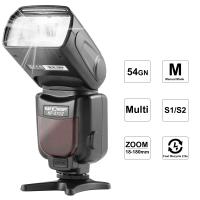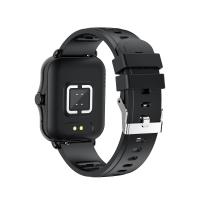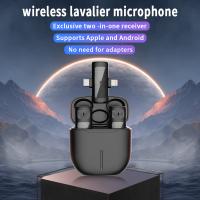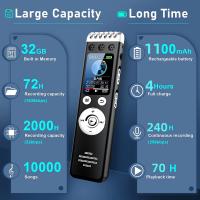What Does Ef Mean On A Camera Lens?
Understanding Camera Lens Markings: What Does "EF" Mean?
When diving into the world of photography, one quickly realizes that the jargon and technical specifications can be overwhelming. Among the myriad of terms and abbreviations, "EF" is a common marking found on camera lenses, particularly those associated with Canon. This article aims to demystify what "EF" means, its significance, and how it impacts your photography.
What Does "EF" Stand For?
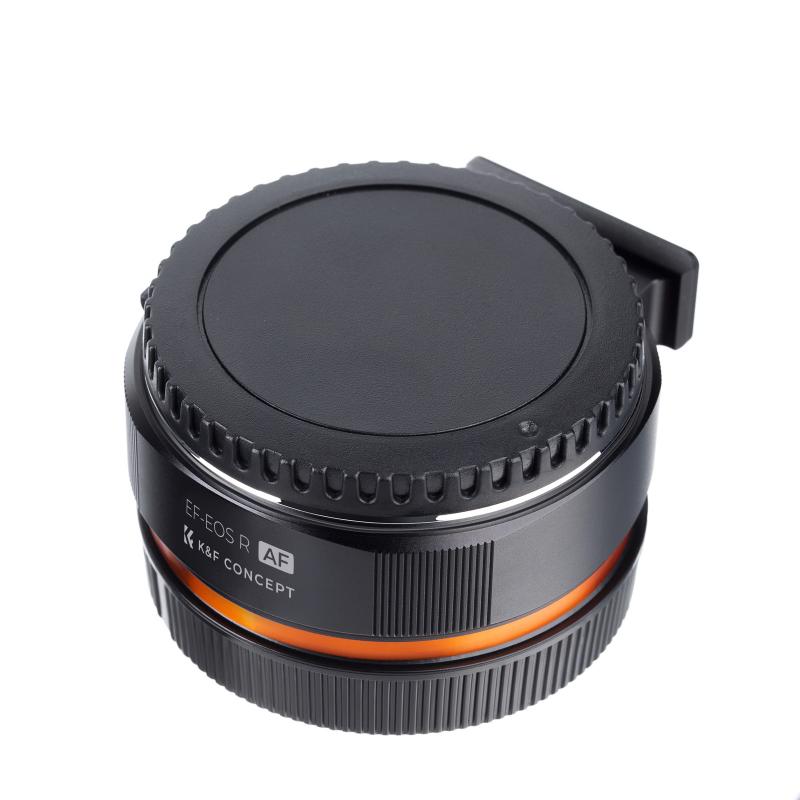
"EF" stands for "Electro-Focus." This term is specific to Canon lenses and indicates that the lens is part of Canon's EF lens mount system. Introduced in 1987, the EF lens mount was a significant innovation in the world of photography, marking a departure from the older FD mount system.
The Significance of the EF Mount

The EF mount system was revolutionary for several reasons:
1. Electronic Communication: Unlike its predecessors, the EF mount allows for full electronic communication between the lens and the camera body. This means that all lens functions, including autofocus and aperture control, are managed electronically. This innovation paved the way for more advanced and precise autofocus systems, as well as more reliable and consistent aperture control.
2. Autofocus: The EF system was designed with autofocus in mind. The electronic communication between the lens and the camera body allows for faster and more accurate focusing. This is particularly beneficial for action photography, where quick and precise focusing is crucial.
3. Compatibility: The EF mount is compatible with all Canon EOS cameras, both film and digital. This means that an EF lens purchased today can be used on a Canon EOS camera from the late 1980s, and vice versa. This backward and forward compatibility is a significant advantage for photographers who have invested in Canon equipment over the years.
4. Versatility: The EF mount system includes a wide range of lenses, from ultra-wide-angle to super-telephoto, as well as specialized lenses like macro and tilt-shift. This versatility allows photographers to choose the best lens for their specific needs, whether they are shooting landscapes, portraits, sports, or wildlife.
EF vs. EF-S Lenses
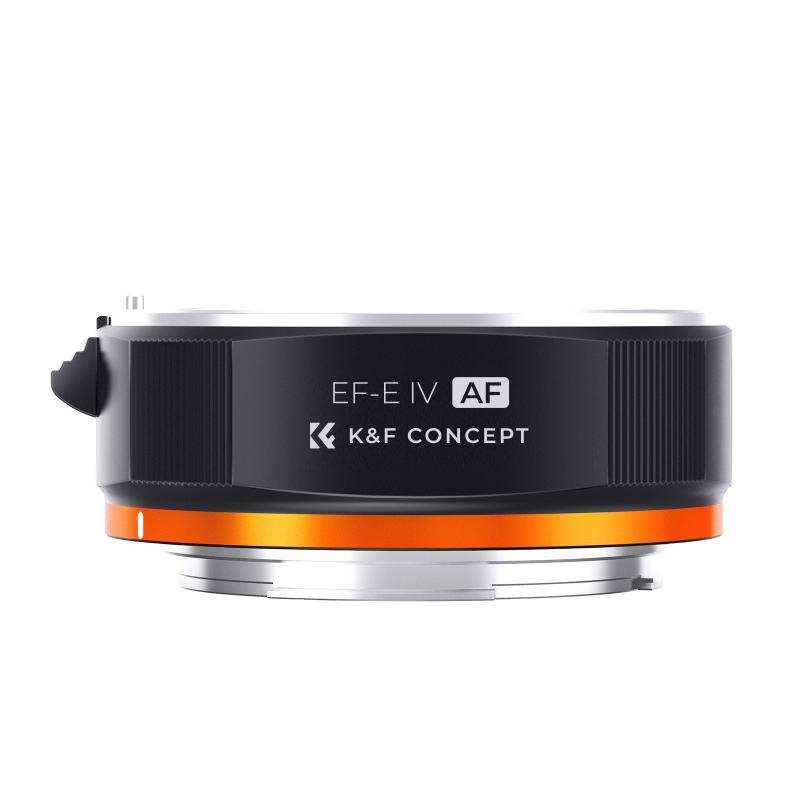
While exploring Canon lenses, you might also come across the term "EF-S." Understanding the difference between EF and EF-S lenses is crucial for making informed purchasing decisions.
1. EF Lenses: As mentioned, EF lenses are designed for full-frame and APS-C (crop sensor) Canon EOS cameras. They have a larger image circle that covers the entire sensor of a full-frame camera.
2. EF-S Lenses: EF-S stands for "Electro-Focus Short Back Focus." These lenses are specifically designed for Canon's APS-C cameras, which have a smaller sensor than full-frame cameras. The "short back focus" design allows the rear element of the lens to be closer to the sensor, which can result in a more compact and lightweight lens. However, EF-S lenses are not compatible with full-frame Canon cameras.
Practical Implications for Photographers

Understanding the EF designation and its implications can help photographers make better choices when selecting lenses. Here are some practical considerations:
1. Camera Compatibility: If you own a full-frame Canon EOS camera, you should opt for EF lenses to ensure full compatibility and optimal performance. If you have an APS-C camera, you can use both EF and EF-S lenses, but be aware that EF-S lenses are designed specifically for the smaller sensor.
2. Lens Selection: The EF lens lineup offers a wide range of options, from budget-friendly primes to professional-grade zooms. Consider your photography needs and budget when selecting a lens. For example, if you shoot landscapes, a wide-angle EF lens might be ideal. If you shoot sports or wildlife, a telephoto EF lens would be more suitable.
3. Future-Proofing: Investing in EF lenses can be a smart move if you plan to upgrade to a full-frame camera in the future. Since EF lenses are compatible with both full-frame and APS-C cameras, they offer more flexibility and longevity.
4. Image Quality: Generally, EF lenses are designed to deliver high image quality, with advanced optics and coatings to minimize aberrations and enhance sharpness. While EF-S lenses can also offer excellent image quality, EF lenses are often preferred by professionals for their superior performance.
In the realm of photography, understanding the technical specifications and markings on your equipment can significantly enhance your shooting experience. The "EF" designation on Canon lenses stands for "Electro-Focus," indicating a lens that is part of Canon's innovative EF mount system. This system offers numerous advantages, including electronic communication, advanced autofocus, and broad compatibility with Canon EOS cameras.
By understanding the differences between EF and EF-S lenses, photographers can make informed decisions that align with their current needs and future aspirations. Whether you're a hobbyist or a professional, choosing the right lens can make all the difference in capturing stunning images.
In summary, the EF marking on a Canon lens signifies a versatile, high-quality lens designed for both full-frame and APS-C cameras. With a wide range of options available, EF lenses provide photographers with the tools they need to excel in various genres of photography. So, the next time you see "EF" on a lens, you'll know that it represents a legacy of innovation and excellence in the world of photography.

